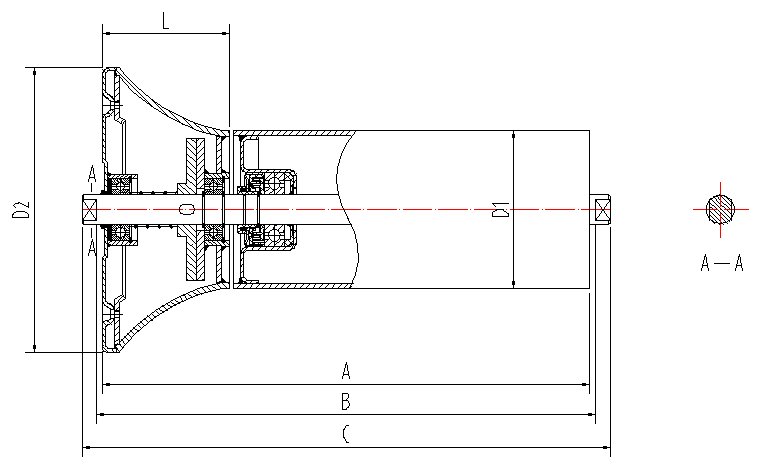 Afrikaans
Afrikaans  Albanian
Albanian  Amharic
Amharic  Arabic
Arabic  Armenian
Armenian  Azerbaijani
Azerbaijani  Basque
Basque  Belarusian
Belarusian  Bengali
Bengali  Bosnian
Bosnian  Bulgarian
Bulgarian  Catalan
Catalan  Cebuano
Cebuano  Corsican
Corsican  Croatian
Croatian  Czech
Czech  Danish
Danish  Dutch
Dutch  English
English  Esperanto
Esperanto  Estonian
Estonian  Finnish
Finnish  French
French  Frisian
Frisian  Galician
Galician  Georgian
Georgian  German
German  Greek
Greek  Gujarati
Gujarati  Haitian Creole
Haitian Creole  hausa
hausa  hawaiian
hawaiian  Hebrew
Hebrew  Hindi
Hindi  Miao
Miao  Hungarian
Hungarian  Icelandic
Icelandic  igbo
igbo  Indonesian
Indonesian  irish
irish  Italian
Italian  Japanese
Japanese  Javanese
Javanese  Kannada
Kannada  kazakh
kazakh  Khmer
Khmer  Rwandese
Rwandese  Korean
Korean  Kurdish
Kurdish  Kyrgyz
Kyrgyz  Lao
Lao  Latin
Latin  Latvian
Latvian  Lithuanian
Lithuanian  Luxembourgish
Luxembourgish  Macedonian
Macedonian  Malgashi
Malgashi  Malay
Malay  Malayalam
Malayalam  Maltese
Maltese  Maori
Maori  Marathi
Marathi  Mongolian
Mongolian  Myanmar
Myanmar  Nepali
Nepali  Norwegian
Norwegian  Norwegian
Norwegian  Occitan
Occitan  Pashto
Pashto  Persian
Persian  Polish
Polish  Portuguese
Portuguese  Punjabi
Punjabi  Romanian
Romanian  Russian
Russian  Samoan
Samoan  Scottish Gaelic
Scottish Gaelic  Serbian
Serbian  Sesotho
Sesotho  Shona
Shona  Sindhi
Sindhi  Sinhala
Sinhala  Slovak
Slovak  Slovenian
Slovenian  Somali
Somali  Spanish
Spanish  Sundanese
Sundanese  Swahili
Swahili  Swedish
Swedish  Tagalog
Tagalog  Tajik
Tajik  Tamil
Tamil  Tatar
Tatar  Telugu
Telugu  Thai
Thai  Turkish
Turkish  Turkmen
Turkmen  Ukrainian
Ukrainian  Urdu
Urdu  Uighur
Uighur  Uzbek
Uzbek  Vietnamese
Vietnamese  Welsh
Welsh  Bantu
Bantu  Yiddish
Yiddish  Yoruba
Yoruba  Zulu
Zulu conveyor impact bars
Understanding Conveyor Impact Bars A Critical Component in Material Handling Systems
In the realm of material handling systems, the efficiency and safety of operations hinge significantly on the components used within conveyor systems. Among these, conveyor impact bars play a crucial role. These specialized components are designed to absorb shock and reduce wear and tear at points of material transfer, providing a smoother and more efficient operation.
What Are Conveyor Impact Bars?
Conveyor impact bars are protective components positioned at the loading zones of conveyor belts. When materials are dropped onto the conveyor, the impact can cause substantial wear to the belt itself and the underlying structure. Impact bars mitigate this by absorbing the kinetic energy of the falling materials, distributing the force across a larger area, and minimizing damage.
Typically made from durable materials such as rubber, polyurethane, or reinforced composites, impact bars are designed to withstand extreme conditions. Their construction allows them to flex under pressure while returning to their original shape, making them highly resilient against the rigors of material transport.
Why Are They Important?
The importance of conveyor impact bars cannot be overstated. Their primary function is to protect the conveyor belt from excessive wear caused by heavy loads dropping onto its surface. Over time, without proper protection, belts can develop tears, holes, and other forms of damage that lead to costly downtime and increased maintenance expenses.
conveyor impact bars

Moreover, impact bars contribute to safety within the workplace. By reducing the risk of damage to the conveyor system, they help prevent potential accidents that could arise from malfunctioning equipment. A system in good working order means a safer environment for workers, as there’s less chance of slips, trips, and falls associated with malfunctioning machinery.
Installation and Maintenance
Installing conveyor impact bars is a straightforward process, but proper alignment and support are vital to ensure their effectiveness. They should be securely anchored in place where the material impacts the conveyor belt. Regular checks and maintenance are also necessary to ascertain that the impact bars are in good condition and are replaced when they show signs of wear.
Preventative maintenance helps to extend the life of impact bars and the entire conveyor system. Operators should routinely inspect the bars for signs of wear or damage, ensuring that they provide optimal protection at all times.
Conclusion
In summary, conveyor impact bars are an essential element of any material handling system, yielding benefits that range from enhanced operational efficiency to improved workplace safety. Investing in high-quality impact bars can significantly reduce maintenance costs and extend the lifespan of conveyor belts, making them a wise choice for businesses looking to optimize their material handling processes. As the industry continues to evolve, the innovation and development of more advanced impact bars will further enhance their role in creating safer and more efficient material transfer systems.
-
Revolutionizing Conveyor Reliability with Advanced Rubber Lagging PulleysNewsJul.22,2025
-
Powering Precision and Durability with Expert Manufacturers of Conveyor ComponentsNewsJul.22,2025
-
Optimizing Conveyor Systems with Advanced Conveyor AccessoriesNewsJul.22,2025
-
Maximize Conveyor Efficiency with Quality Conveyor Idler PulleysNewsJul.22,2025
-
Future-Proof Your Conveyor System with High-Performance Polyurethane RollerNewsJul.22,2025
-
Driving Efficiency Forward with Quality Idlers and RollersNewsJul.22,2025





























